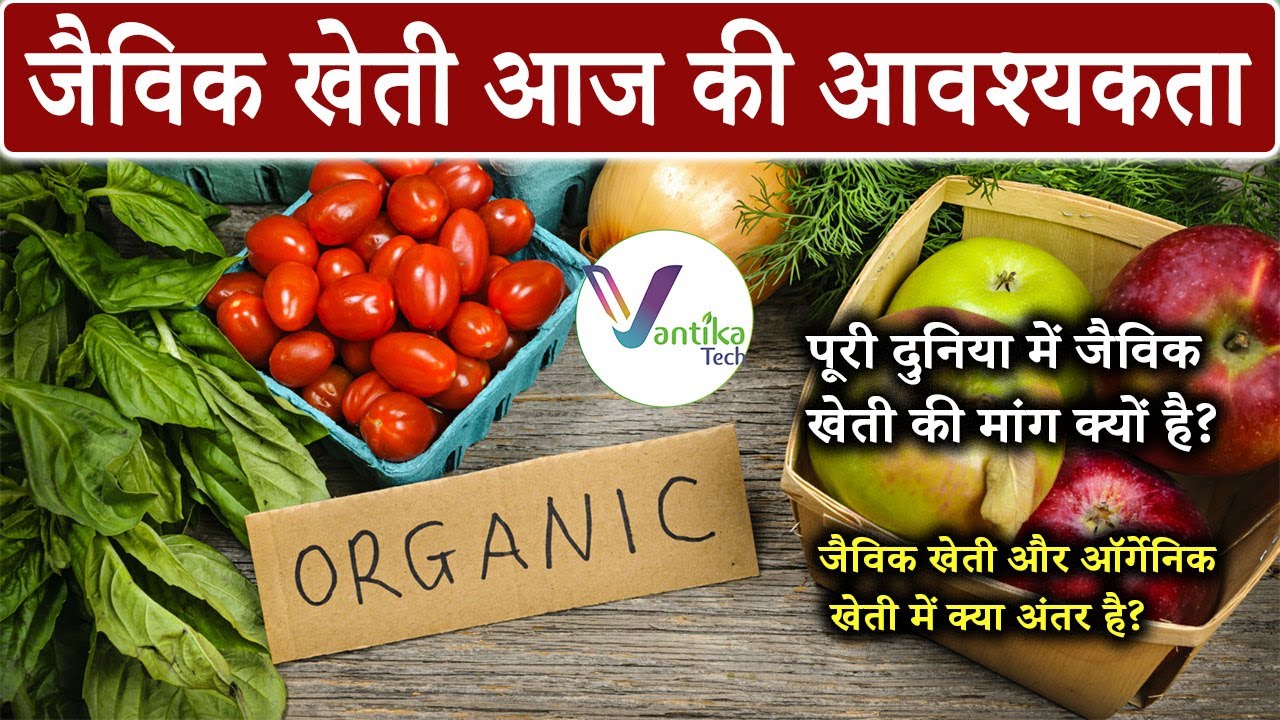Livestock farmers have been using rotational grazing practices for centuries, but it has gained renewed attention in recent times as a sustainable method of raising animals. In this method, animals are rotated between different paddocks, allowing each paddock to rest and recover before animals graze it again. This technique offers numerous benefits to both livestock and the environment, making it a popular choice among farmers. In this blog, we will explore the benefits of rotational grazing for livestock in detail.
Healthier animals
In a rotational grazing system, animals are allowed to graze on fresh grass, which is high in nutrition. This helps to keep the animals healthy, reducing the need for veterinary treatments. The constant movement also prevents overgrazing and reduces the risk of diseases.
Increased productivity
Rotational grazing helps to increase productivity by providing a constant supply of fresh grass. This increases the rate of weight gain in livestock, resulting in higher yields for farmers. Additionally, the increased productivity allows farmers to raise more animals on the same land.
Improved soil quality
One of the biggest benefits of rotational grazing is the improved soil quality. As the animals graze, they trample down the grass, adding organic matter to the soil. This helps to improve the soil structure, increase water retention, and reduce soil erosion. Additionally, the constant movement of animals helps to distribute nutrients throughout the soil, making it more fertile.
Reduced environmental impact
Rotational grazing also has a reduced environmental impact compared to other forms of livestock farming. The constant movement of animals prevents overgrazing and reduces soil erosion, which can have a negative impact on the environment. Additionally, the improved soil quality helps to reduce nutrient runoff into nearby water sources, improving water quality.
Cost-effective
Rotational grazing is a cost-effective method of raising livestock, as it reduces the need for supplemental feed and veterinary treatments. Additionally, it allows farmers to raise more animals on the same land, increasing productivity and profitability.
In conclusion, rotational grazing is a sustainable and cost-effective method of raising livestock. It offers numerous benefits to both the environment and farmers, making it a popular choice among livestock farmers. With proper management, rotational grazing can improve soil quality, increase productivity, and reduce environmental impact, providing a healthier and more sustainable future for agriculture.
Thanks for visiting us. Subscribe to us for more updates.
#rotationalgrazing #livestockfarming #sustainablefarming #grazingmanagement #soilhealth #animalhealth #biodiversity #pasturemanagement #regenerativeagriculture #grassfedbeef #pasturedpoultry #holisticmanagement #carbonsequestration #climatechange #farmersustainability #grazingrotation #forageproduction #animalnutrition #naturalresourceconservation #grasslandmanagement #animalwelfare








No comments:
Post a Comment